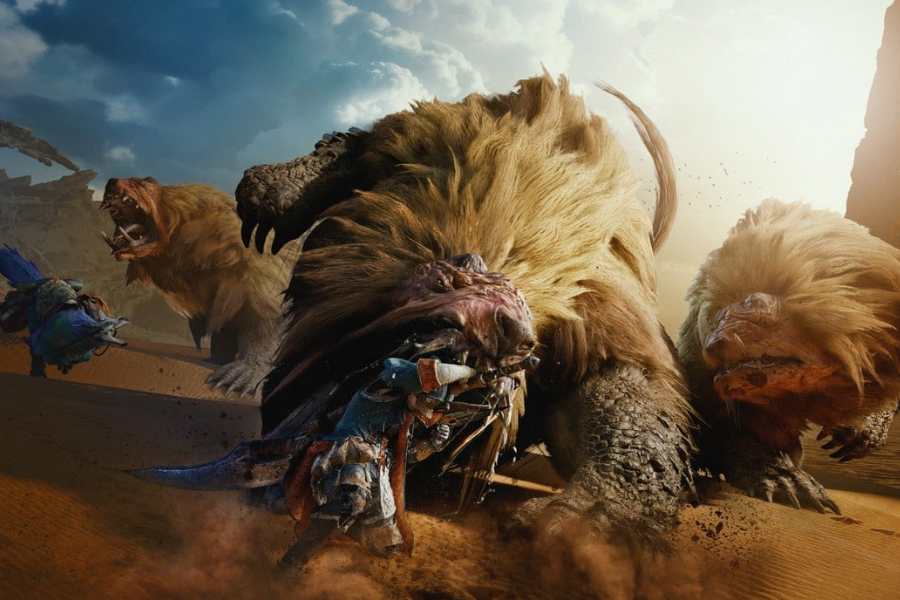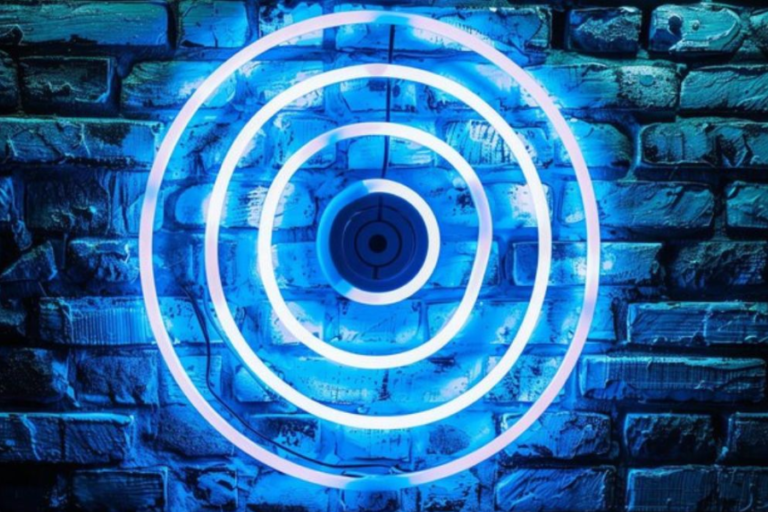Capcom Game Crash: The Infamous Struggles on NVIDIA’s 2080Ti
When Capcom released its latest game, fans eagerly anticipated the high-intensity graphics and gameplay the developer is known for. However, what should have been an exciting experience turned into a widespread debacle: crashes on high-end NVIDIA 2080Ti graphics cards. This unexpected issue left players frustrated and sparked an industry-wide conversation about the complexities of game optimization and hardware compatibility.
Unpacking the Capcom Game Crash on 2080Ti
Gamers worldwide were left bewildered when Capcom’s much-anticipated game repeatedly crashed on NVIDIA’s powerful 2080Ti GPU. As complaints flooded forums and social media, it became evident that this was not an isolated problem but a widespread issue impacting numerous players. For many, the confusion stemmed from the 2080Ti’s reputation as a top-tier card, one that should theoretically handle any game with ease.
The incident highlighted a disconnect between game software and hardware, prompting an urgent investigation into the compatibility issues causing these crashes. Initial analyses pointed to discrepancies between the game’s demanding graphics engine and the GPU’s drivers, alongside additional contributing factors like outdated software and system settings. The entire ordeal called attention to how crucial communication between game developers and hardware manufacturers is, especially for smooth gaming experiences.
The Technical Roots of the Problem
Understanding the causes of the crashes requires a closer look at how advanced hardware like the NVIDIA 2080Ti interacts with modern game code. Several technical challenges contributed to the instability:
- Driver Compatibility: One of the major culprits was outdated or poorly optimized drivers. Graphics drivers serve as a communication bridge between the operating system and the GPU. If a game uses cutting-edge features that aren’t properly supported by current drivers, crashes and performance issues can occur.
- Overheating Hardware: The 2080Ti, despite being a powerhouse, can overheat under extreme workloads. Capcom’s game, with its highly intensive graphics, often pushed the card to its thermal limits, resulting in sudden system failures.
- Software Conflicts: The presence of background software, especially programs that consume considerable resources, could interfere with the game’s performance. Unoptimized settings or conflicts with other running applications exacerbated the problem.
Overall, the Capcom Game Crash on the 2080Ti was a multifaceted issue, a product of both hardware limitations and software demands. As a result, both Capcom and NVIDIA were forced to take immediate action to restore confidence and fix the problem.
Community Outcry and Industry Response
The crashes did more than irritate players; they also put a dent in Capcom’s reputation. With one of the most awaited titles performing poorly, many gamers questioned the developer’s commitment to quality assurance. Likewise, NVIDIA, known for its powerful GPUs, faced scrutiny over whether the 2080Ti was genuinely reliable.
As frustration mounted, the gaming community became a hotbed for discussions. Online platforms buzzed with players sharing experiences, troubleshooting tips, and theories on the cause of the crashes. Meanwhile, critics pointed to a growing trend of releasing games before they are fully optimized, a practice that prioritizes speed over stability.
Efforts to Address the Problem
Faced with mounting pressure, Capcom and NVIDIA collaborated to resolve the issue. Their approach involved rolling out patches and driver updates designed to tackle the root causes of the crashes. Capcom’s development team worked relentlessly to release updates aimed at improving game optimization, making the game more stable across various hardware configurations. Similarly, NVIDIA released new drivers tailored to handle the game’s graphical demands more efficiently.
These updates delivered significant improvements, as many players reported fewer crashes and smoother gameplay. By addressing software inefficiencies and enhancing driver support, the collaborative effort between Capcom and NVIDIA not only mitigated the problem but also underscored the necessity of post-launch support in modern gaming.
Lessons Learned: The Complexity of Game and Hardware Integration
The Capcom Game Crash 2080Ti saga exposed the delicate relationship between game design and hardware capability. For game developers, the incident was a harsh reminder of the importance of thorough testing across a wide range of devices. Capcom’s eagerness to launch a high-profile game was understandable, but it came at the expense of comprehensive pre-release testing. The gaming industry, in general, has now begun to emphasize more rigorous compatibility checks.
From a hardware perspective, NVIDIA recognized the value of timely driver updates. The 2080Ti is known for its superior performance and support for advanced features like ray tracing, yet even this high-end card struggled under the weight of Capcom’s latest release. As games become increasingly sophisticated, maintaining hardware compatibility becomes a continuous challenge.
How the 2080Ti Shapes Modern Gaming
Despite the issues, the NVIDIA 2080Ti remains one of the most influential graphics cards in the market. It revolutionized gaming graphics by introducing real-time ray tracing, an advancement that allows for more realistic lighting and shadows. With these capabilities, the 2080Ti has been a favorite among serious gamers and content creators.
The power of the 2080Ti extends beyond visual fidelity. It also enhances game performance by offering smoother frame rates, reduced latency, and improved load times. In competitive gaming, these advantages can be crucial, giving players a performance edge in fast-paced scenarios. Virtual reality gaming also benefits from the 2080Ti’s robust processing power, enabling seamless VR experiences.
However, the Capcom Game Crash incident was a stark reminder that even the most powerful hardware is not immune to compatibility issues. As gaming technology continues to evolve, both developers and hardware manufacturers must remain vigilant in their efforts to provide seamless experiences.
Financial and Industry-Wide Impact
The fallout from the Capcom Game Crash on the 2080Ti was not limited to gameplay frustrations. Financially, Capcom risked losing sales as gamers hesitated to purchase a game that was perceived as unstable. The situation threatened to impact the company’s long-term credibility, particularly among a gaming community that values reliability. NVIDIA, too, faced reputational challenges as users questioned the stability of a graphics card marketed as a top-tier product.
This incident had a ripple effect throughout the gaming and tech industries, prompting companies to reconsider how they approach game launches and hardware testing. The increased focus on compatibility and collaboration is a step toward preventing similar problems in the future.
Moving Forward: Industry Improvements and Future Outlook
In the wake of the Capcom Game Crash, both game developers and hardware manufacturers have implemented new practices to ensure better performance and compatibility. Rigorous testing processes are now prioritized, with an emphasis on identifying potential issues before they impact users. Developers have become more proactive in releasing updates and patches, often in collaboration with hardware partners like NVIDIA.
Advancements in technology, including the use of artificial intelligence, are set to revolutionize game development. AI-driven tools can simulate various gaming scenarios, helping developers predict crashes and optimize performance. This predictive approach, which could preempt issues like the Capcom Game Crash, is a promising development for the future of gaming.
Additionally, the industry is exploring adaptive game software that can automatically adjust settings based on the player’s hardware. This would provide a more tailored experience and minimize the risk of performance-related issues. By embracing these advancements, game developers and hardware manufacturers can deliver more stable and immersive experiences.
Conclusion
The Capcom Game Crash on NVIDIA’s 2080Ti serves as a valuable case study in the gaming industry. It underscores the importance of collaboration between game developers and hardware manufacturers to ensure seamless integration and performance. While the incident caused significant frustration, it also led to meaningful changes in how games and hardware are tested and optimized.
As technology advances, the gaming community can expect fewer disruptions and more immersive experiences. The lessons learned from tiktalks.org vthis event will continue to shape the industry, emphasizing the need for innovation, adaptability, and constant communication between all stakeholders. For gamers, staying informed and keeping software up-to-date remains key to enjoying the best that modern gaming has to offer.




